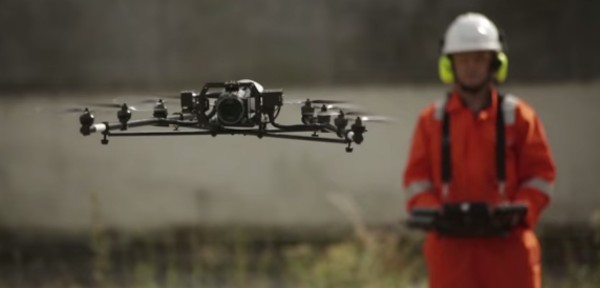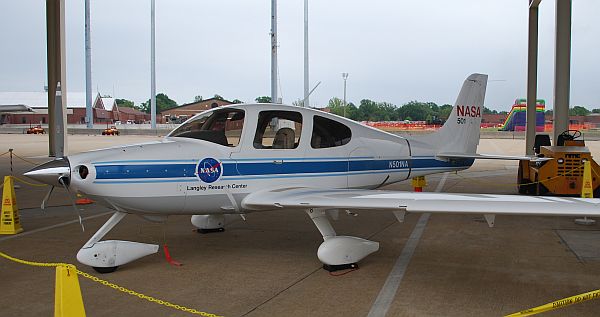Podcast: Play in new window | Download (Duration: 31:55 — 22.0MB)
Subscribe: Google Podcasts | Email | RSS
Checking up on the public with a “pandemic drone,” a COVID-19 inspired BVLOS exemption, duck watching with drones, an unmanned BVLOS helicopter for humanitarian relief, how pre-historic flying reptiles could lead to better drones, and will fuel cells power eVTOL aircraft?
UAV News
Connecticut town tests ‘pandemic drone’ to find fevers. Experts question if it would work.
The Westport Connecticut Police Department plans to test a drone that can tell is someone has a fever or is coughing. First Selectman Jim Marpe says they want to “explore ways to prevent a possible resurgence of the virus.” The police department said that the Draganfly drone could help to “provide better health monitoring support for potential at-risk groups.”
US regulator grants exemption for drone flight during lockdown
An unnamed Houston, Texas oil and gas company has been given a waiver to fly BVLOS for critical infrastructure inspection missions. The company has a manpower shortage because of the pandemic and the waiver is good until June 30 or “the expiration of the federal, state, or local Covid-19 recommendations or requirements.”
Of ducks and drones: Researchers gear up for inaugural field season using UAVs to monitor ducks and nesting behavior
UND graduate students and their advisor plan to go duck watching. They want to monitor nearly 60 duck nests using fixed-wing and quadcopter UAVs with high-tech cameras. Flights were conducted last summer with fixed-wing and quadcopter drones to see how the ducks reacted.
UAVOS Completes Tests For UAV Delivery Service Humanitarian Relief
UAVOS Inc. has successfully tested its cargo delivery UVH-170 unmanned helicopter designed for highly automated delivery flights from a vendor to a destination and back. The flights follow pre-selected routes. The trial flight took 1.7 hours, over 62 miles carrying a 17½ pound package.
Wing structure of prehistoric flying reptiles that lived more than 200 million years ago could hold the key to developing a new generation of super drones
Two hundred million years ago, giant flying reptiles ruled the skies. At 650 pounds with a 35-foot wingspan, they were the largest animals ever to fly. Like a bat, they used a membrane to fly instead of feathers. They also had internal structures called actinofibrils for extra strength and structural support. A University of Bristol team thinks we could learn lessons from the pterosaurs that might help large UAVs launch and remain stable in flight.
Will Hydrogen Fuel Cells Play a Role in the VTOL Revolution?
Most companies developing eVTOLs have settled on all-electric aircraft using lithium-ion batteries. But are hydrogen fuel cells a better choice? HyPoint in Menlo Park, California demonstrated an air-cooled hydrogen fuel cell powertrain that produces 1000 watts per kilogram of specific power with an energy density of 530 watt-hours per kg. The next HyPoint product is to provide a specific power of 2,000 W/kg and 960 Wh/kg energy density. Fuel cells look good for longer-range aircraft, but may not be as suitable for short-range from a weight factor standpoint.



